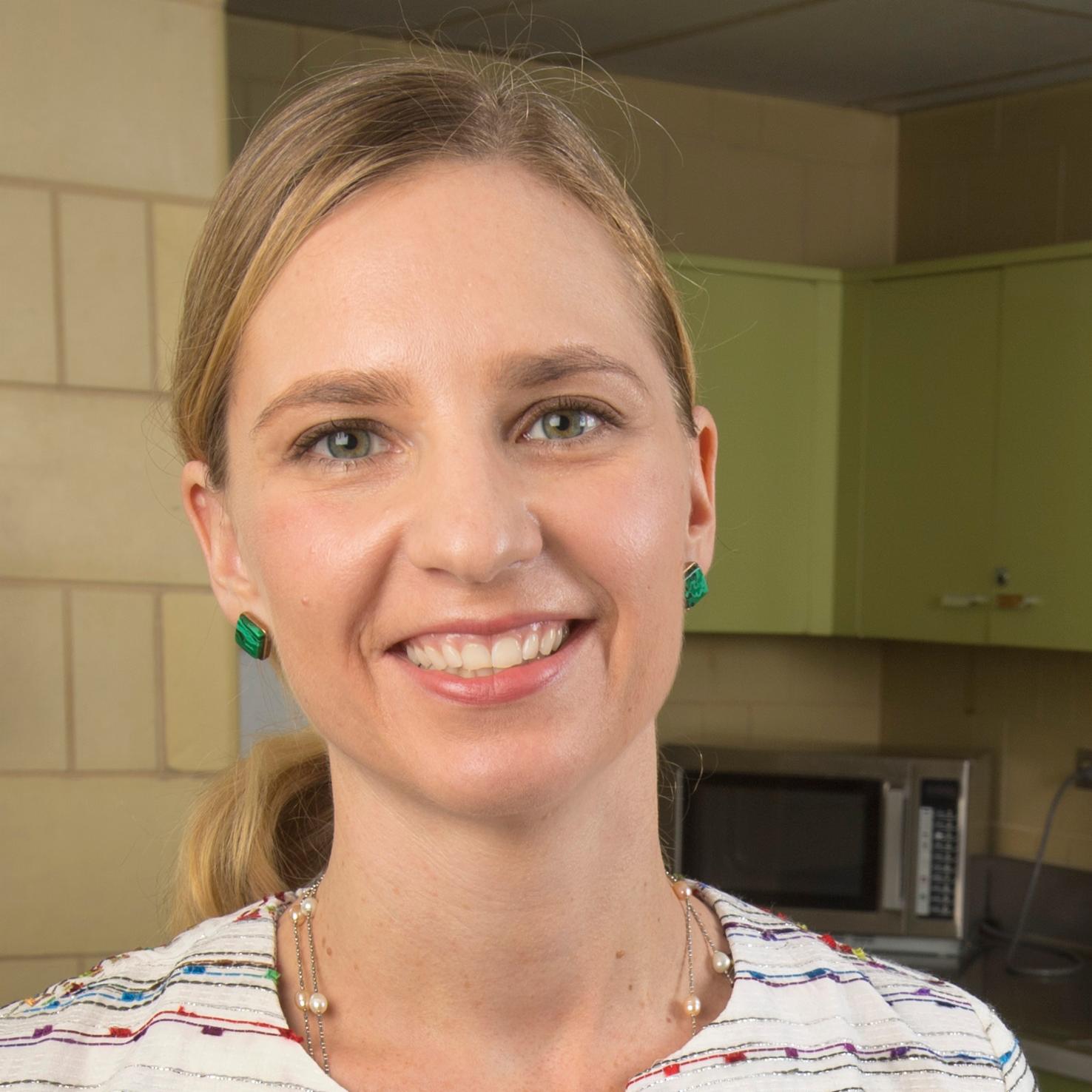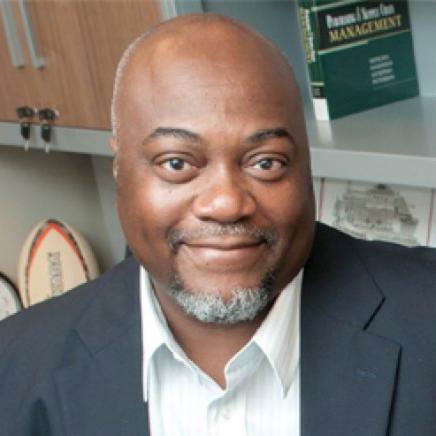At that time, there were more than 118,000 total cases reported in 114 countries around the world. Twelve months later, the number of confirmed cases has reached 117 million, and more than 2.6 million people have died, according to WHO data.
Over the past year, we all have been navigating the world according to COVID-19. The lessons learned, and the perspectives gained, are innumerable. We asked four Rutgers Global Health Institute core faculty members to share some insights.
One Year Later: Rutgers Faculty Reflect On the Pandemic
Shauna Downs, Kevin Lyons, Nancy Pontes, and Harsh Sule are faculty members from different Rutgers schools who are guiding the next generation of global health leaders throughout the institute’s first-ever Global Health Case Competition. Here, they discuss the COVID-19 pandemic in relation to their own areas of expertise and professional practice.
Comfortable With Being Uncomfortable
Harsh Sule is an associate professor and director of the emergency medicine residency program at New Jersey Medical School. He is an attending physician in the emergency department at University Hospital in Newark, New Jersey, and has been working on the front lines of this health crisis since its onset.
A challenge of being in multiple roles has been balancing the health risks with the potential benefits. In the early days of the pandemic, as an emergency physician, I was acutely aware of how little was known related to transmission of the disease. In this unknown realm, I had to think about the health and safety of my residents and balance that with ensuring they were well trained as emergency physicians, including how to take precautions and manage sick patients with COVID-19.
One advantage I had was that, in emergency medicine, we have to be comfortable with being uncomfortable. Patients, diagnoses, and their management are often not neatly packaged and laid out for us. We specialize in mystery solving and have to be comfortable with a level of chaos and risk at all times. This, as well as the fact that I was working with a group of similarly minded residents, attendings, and emergency department staff, helped me stay calm.

Harsh Sule
Shauna Downs is an assistant professor in the Department of Urban-Global Public Health at the School of Public Health. A food systems researcher, she studies the implementation of food policies and the role of policies and interventions related to sustainable production and consumption of nutritious foods.
One issue that has really come to the forefront since the beginning of the pandemic is just how many people in the United States are food insecure, or are on the precipice of becoming food insecure. The United States is among the richest countries in the world, yet millions of people are struggling to obtain enough food to feed themselves and their families. Widespread unemployment, school closures, and changing circumstances related to social services all are contributing to an increase in the nation’s food insecurity problem.
The pandemic has highlighted how critical it is to address underlying poverty in order to improve resilience to shocks, whether they be economic, environmental, or a pandemic like COVID-19. At the same time, the pandemic has highlighted the need for food supply chains to become more resilient in order to deliver food in an efficient way with limited waste. At the beginning of the pandemic, we saw that supply chains that had been disrupted (for example, milk for schools or vegetables for restaurants) resulted in dumping of vast amounts of nutritious foods while many families were going hungry.

Shauna Downs
Nancy Pontes is an assistant professor in the School of Nursing–Camden and a family nurse practitioner. She has managed institutional responses during infectious disease outbreaks, is a certified disaster response crisis counselor, and completed a fellowship in public health leadership for emergency response.
Community relations during a pandemic and a disaster tend to be very different. With a more typical disaster, such as a fire, flood, or hurricane, people immediately come and rally around to help. Even though people may have died, and it may be tragic, the community unification helps people through it. They feel good about helping. They raise money and donate supplies, and they know where it’s going and what it’s for.
Fear and isolation influence a community’s response during a pandemic. Even with the increase in online interactions, we lose a lot of opportunities for community unification. Immediately, people are in their houses. People are suspicious because of the mystery of an invisible agent. Much less is obvious, and that breeds a lot of distrust. With pandemics, instead of getting out and helping a neighbor to get through it, we fear our neighbor—they may be sick, and they may get us sick, and we might die.

Nancy Pontes
Kevin Lyons is an associate professor of professional practice in the Department of Supply Chain Management at Rutgers Business School–Newark and New Brunswick. He conducts applied research on disaster-response supply chains and is exploring how consumer product life cycles can impact climate change.
The COVID-19 pandemic super-sized the inequalities that many vulnerable communities already were experiencing in terms of access to basic goods and services. When there are major disruptions, populations with more resources take advantage of their access and they jump to the front of the line, leaving poor communities with even bigger problems in terms of getting what they need. One area where I have seen a major issue is related to the food supply chain.
The COVID-19 pandemic and its related restrictions placed unprecedented stress on the various systems involved in getting food into stores and onto people’s tables. There are bottlenecks at the start of the supply chain, in farm labor, and the issues continue through processing, transport, and logistics, then end with enormous shifts in demand. In middle- and upper-class neighborhoods, grocery store shelves have been replenished over time, as stockpiling behavior disappeared about six months into the pandemic. However, those same stock levels are still struggling in our vulnerable communities.
The biggest risk factor for food insecurity is not food availability—it’s consumers’ access to food. Safety nets are essential to avoid an increase in hunger and food insecurity.

Kevin Lyons
The topics addressed here by Downs, Lyons, Pontes, and Sule are just some of the issues that eight student teams are exploring throughout the institute’s Global Health Case Competition. The focus of this inaugural case competition is the pandemic’s impact on vulnerable communities in New Jersey. The competition is a semester-long experience that kicked off on January 26 and concludes on April 6 with a virtual pitch event and award ceremony. To learn more, visit globalhealth.rutgers.edu/casecomp.

